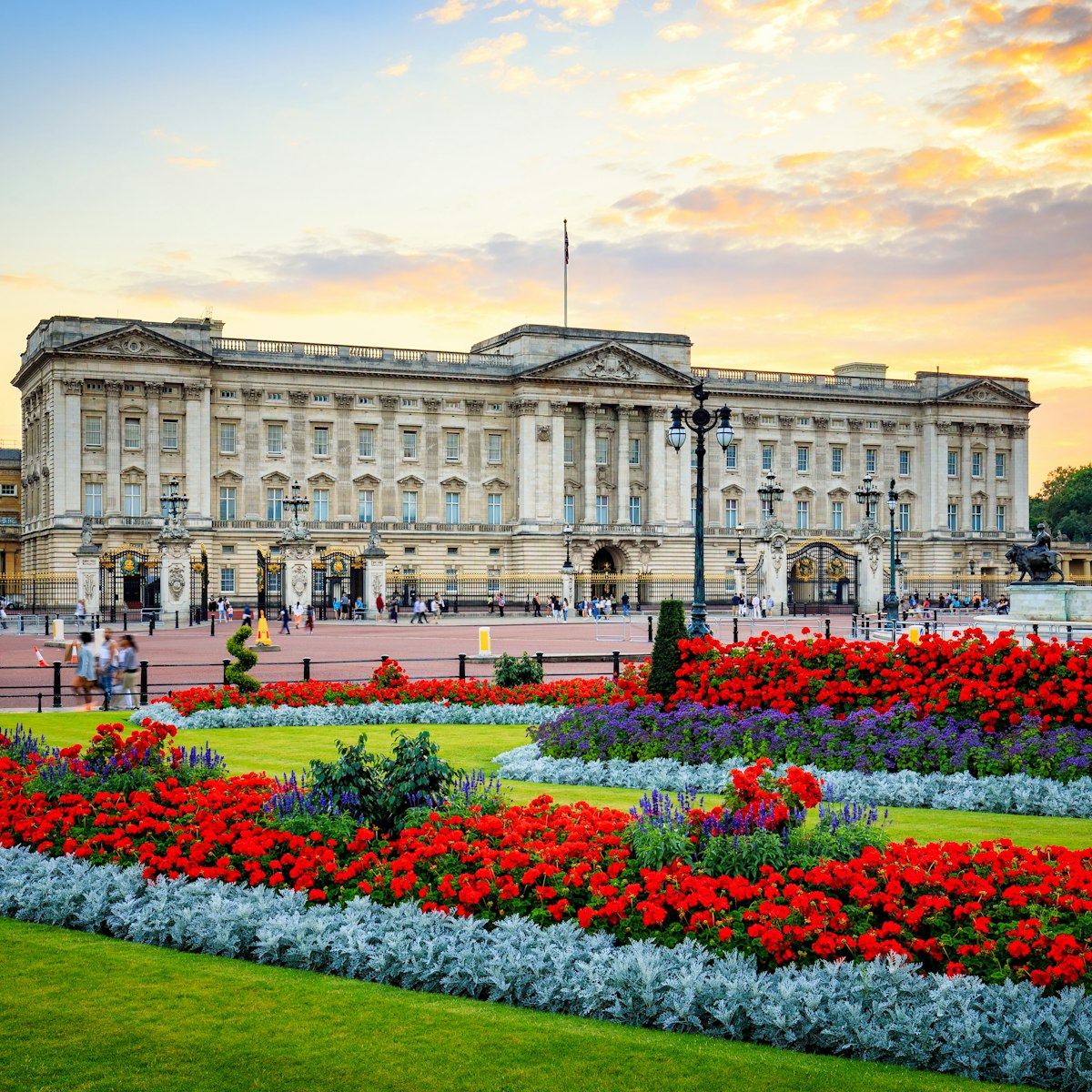The architectural value of this sprawling post-WWII brutalist housing estate divides Londoners, but the Barbican remains a sought-after living space as well as the City's preeminent cultural centre. Public spaces include a quirky conservatory and the Barbican Centre theatres, cinema and two art galleries: Barbican Art Gallery and The Curve. Navigating the Barbican, designed to be a car-free urban neighbourhood, requires reliance on a network of elevated paths that didn't quite come to fruition. Find your bearings on an architecture tour (adult/child £12.50/10).
The whole site makes for a fascinating stroll, especially around the fountain-studded central lake, with ample seating and cafes with outdoor terraces.
Built on a huge bomb site abandoned after WWII and opened progressively between 1969 and 1982, the complex is named after a Roman fortification built to protect ancient Londinium, the scant remains of which can be seen in the southwest section of the estate. The estate incorporates 17th-century poet John Milton's parish church, St Giles' Cripplegate.








